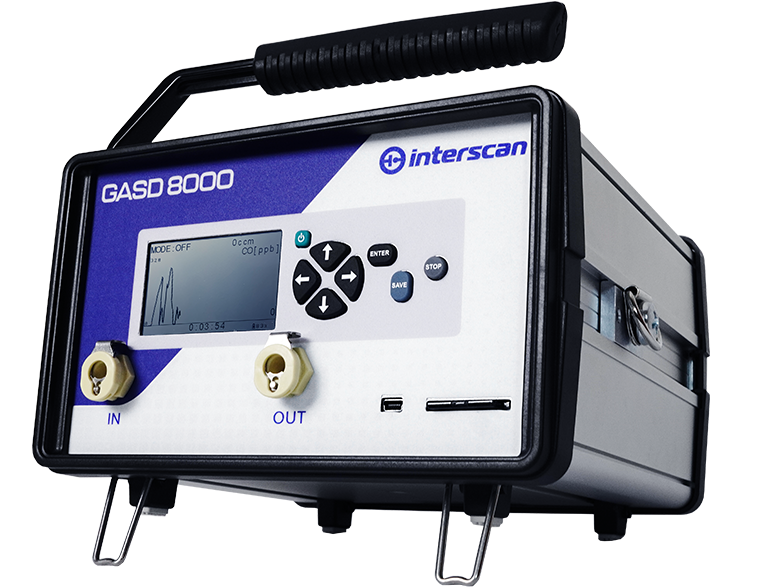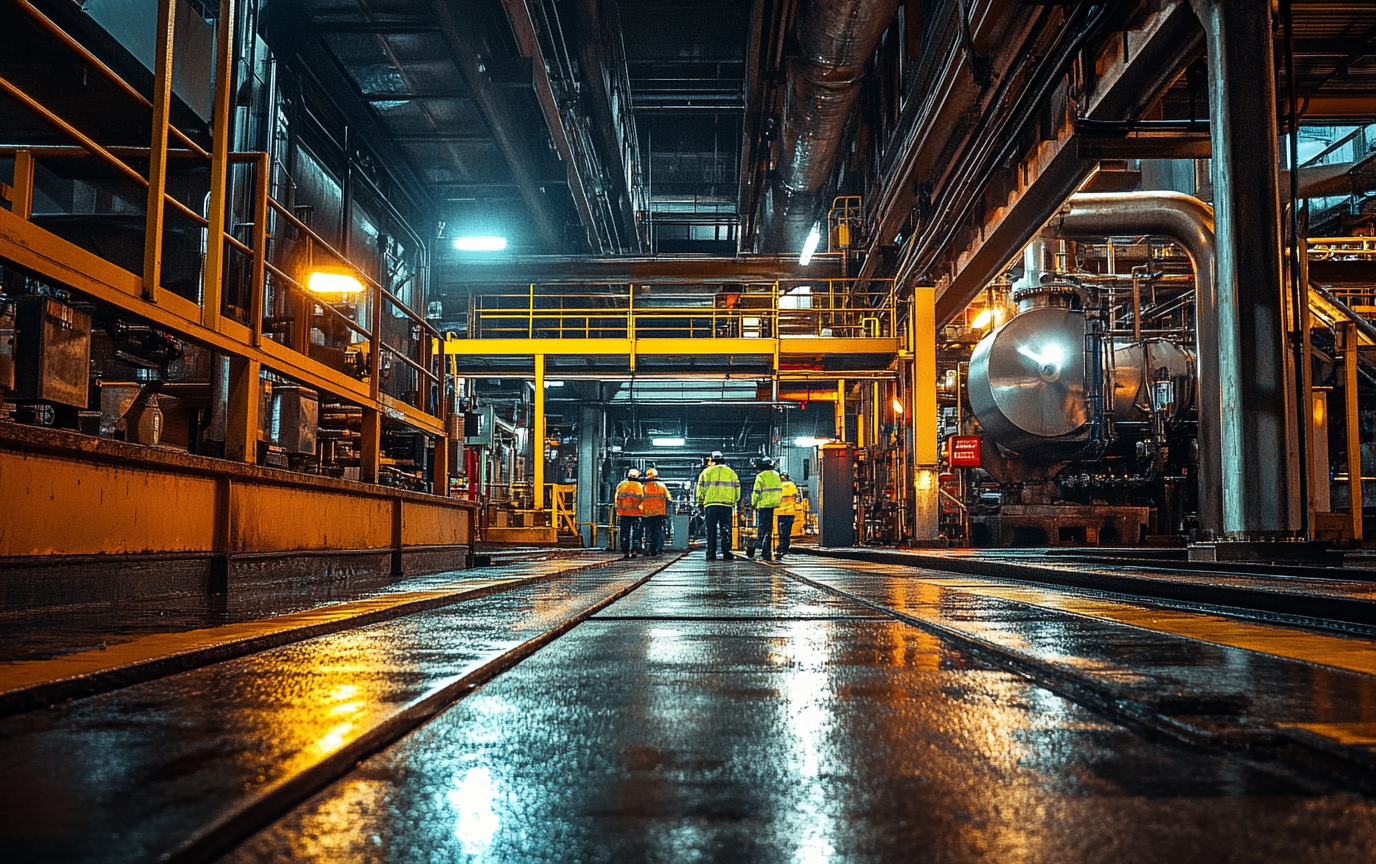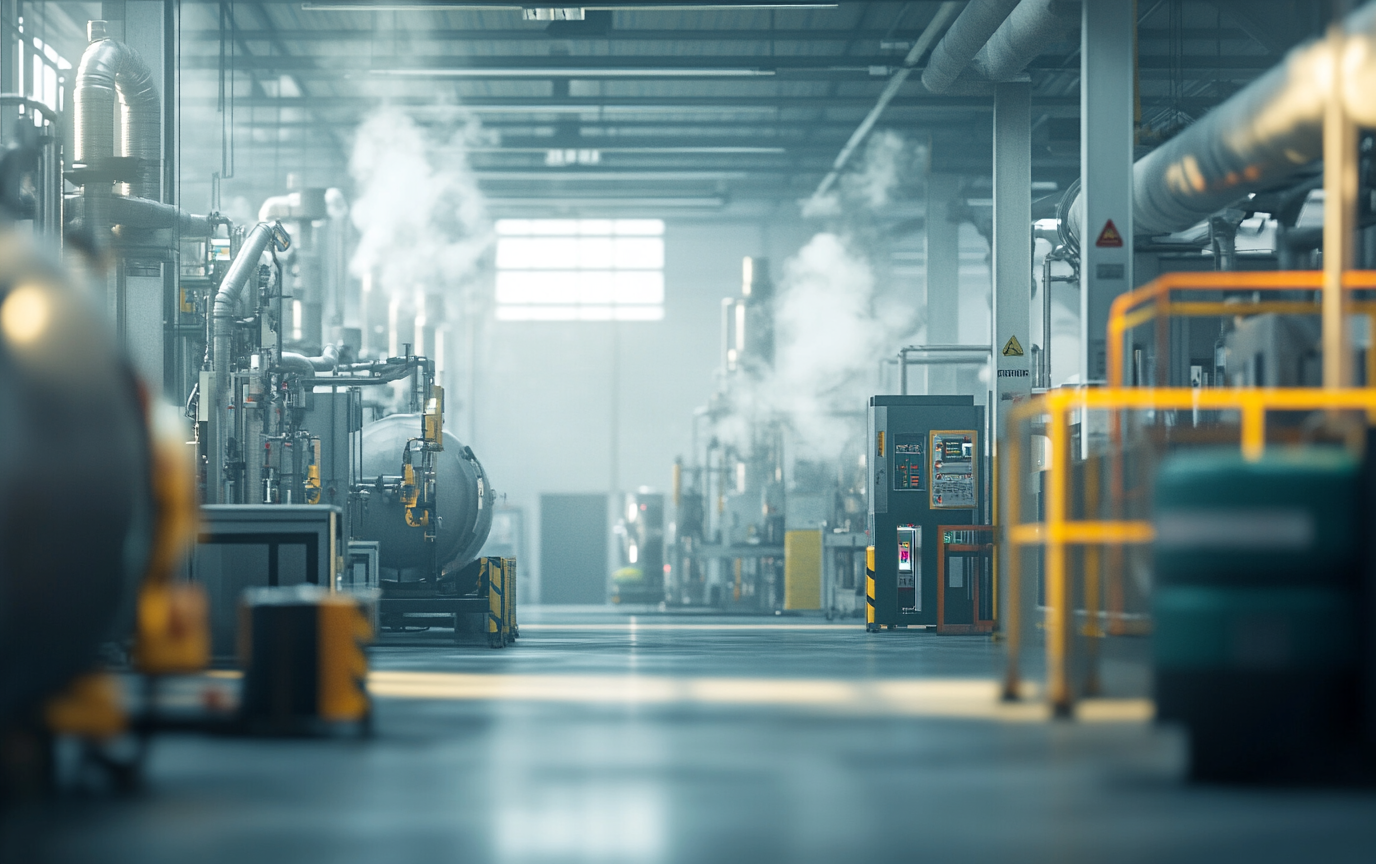Ensuring Textile Safety with Advanced Gas Detection
The Challenge
Addressing toxic gas challenges in textile manufacturing is essential.
Textile manufacturing facilities face significant safety challenges due to the use of various toxic gases such as formaldehyde, chlorine, and sulfur dioxide. These gases can pose severe health risks to workers and can affect product quality if not properly monitored. Formaldehyde, used in fabric treatments, is highly toxic and carcinogenic. Chlorine, used in bleaching, can cause respiratory issues and skin irritation, while sulfur dioxide, a byproduct of certain processes, can be harmful if inhaled in high concentrations.
Common Toxic Gases and Their Hazards:
- Formaldehyde: Highly toxic and carcinogenic, causing severe health issues.
- Chlorine (Cl2): Causes respiratory problems and skin irritation.
- Sulfur Dioxide (SO2): Harmful if inhaled in high concentrations, causing respiratory distress.
Challenges for Textile Manufacturing Safety Professionals:
- Complex Monitoring Requirements: Managing multiple toxic gases, each with specific detection and safety protocols.
- Equipment Sensitivity and Reliability: Ensuring detection equipment is accurate and reliable in a textile environment.
- Compliance and Regulations: Meeting stringent industry safety standards and regulatory requirements demands significant effort and resources.
- Risk Mitigation: Proactively identifying and addressing gas exposure risks to protect workers and ensure product quality.
- Operational Downtime: Preventing gas leaks and detection system failures to avoid interruptions in textile manufacturing processes.
The Solution
Interscan safeguards textile manufacturing operations.
Portable Gas Detection
GASD 8000
Portable Gas Detector
Elevate Safety Standards with the GasD® 8000 Portable Gas Monitor Read more... about GASD 8000
Fixed Gas Detection
AccuSafe
Fixed Point Gas Detection
Precision Gas Detectors Tailored to Your Facility Read more... about AccuSafe













